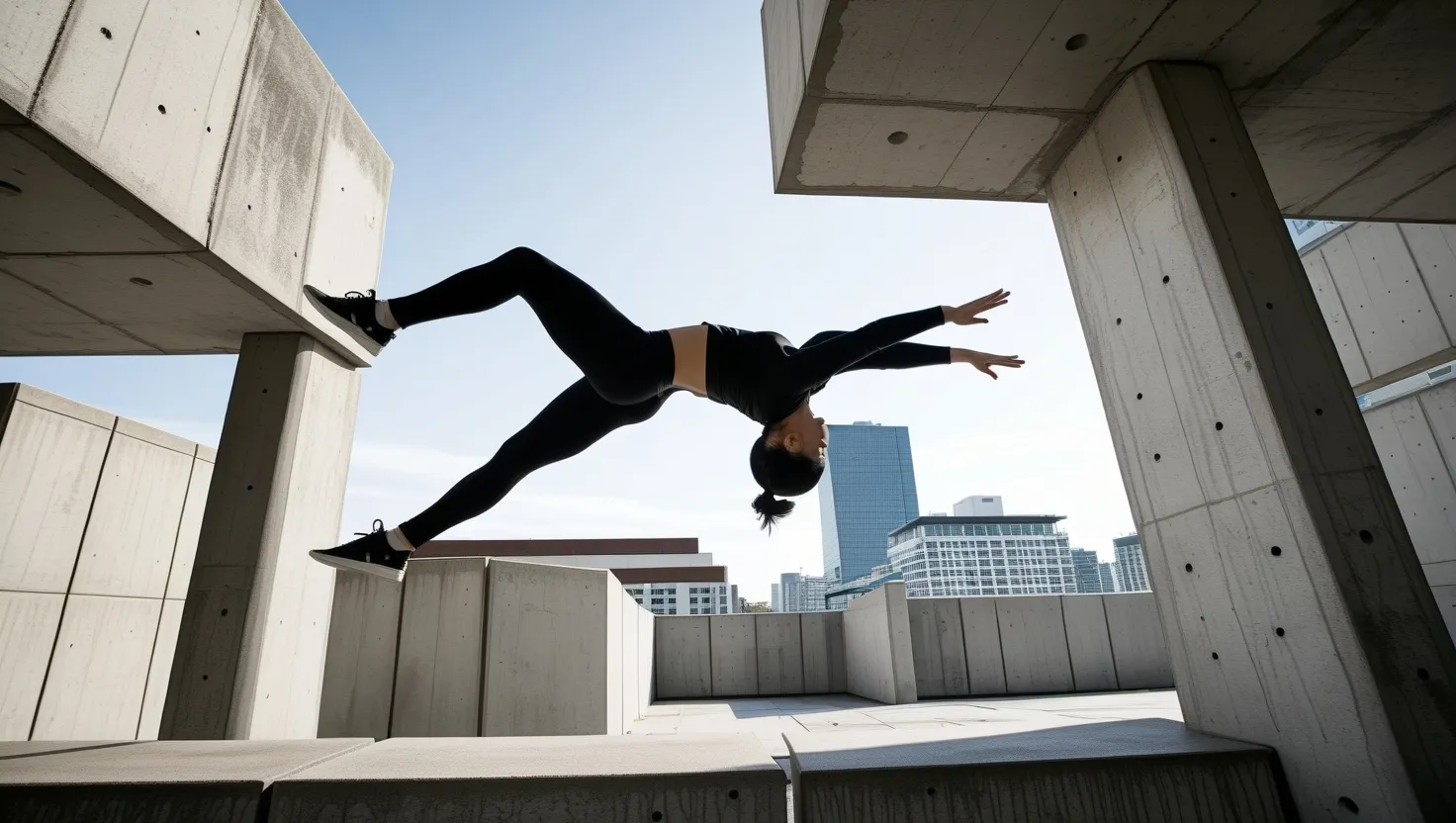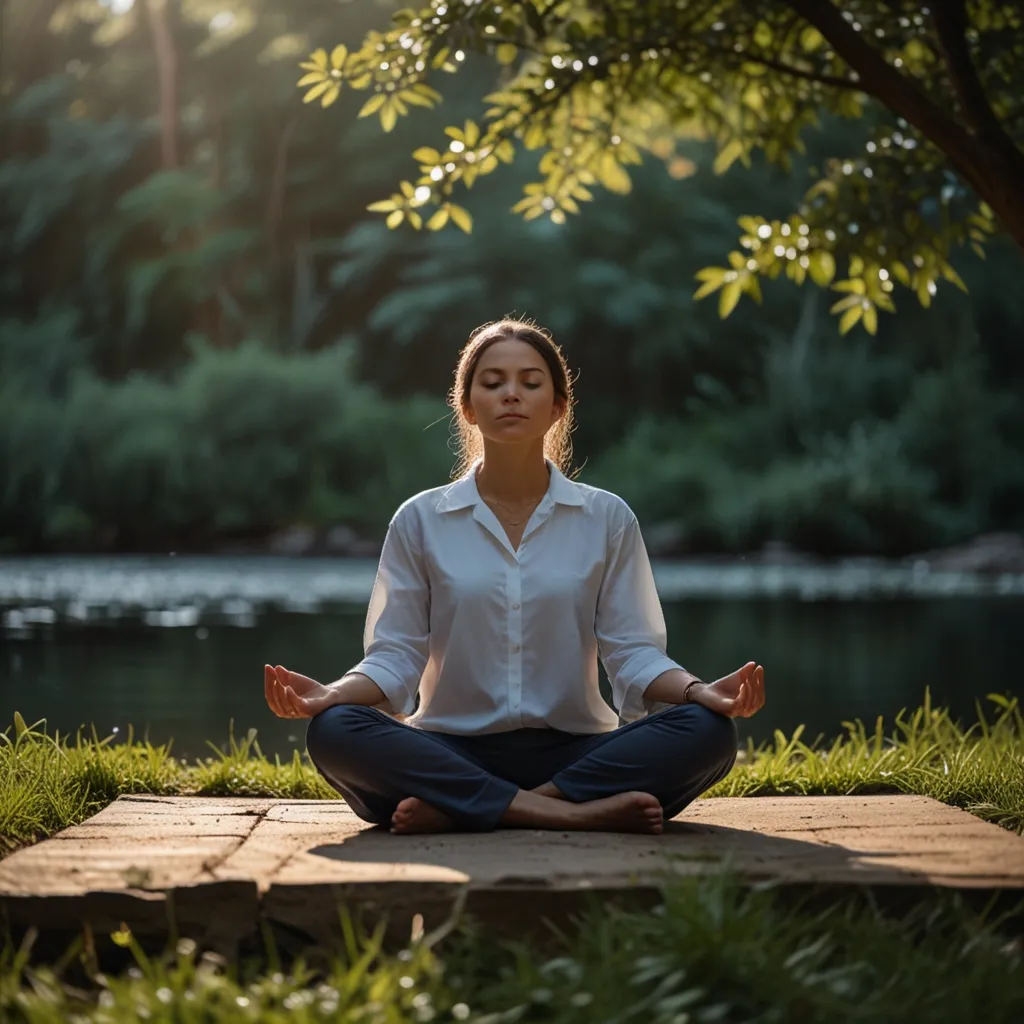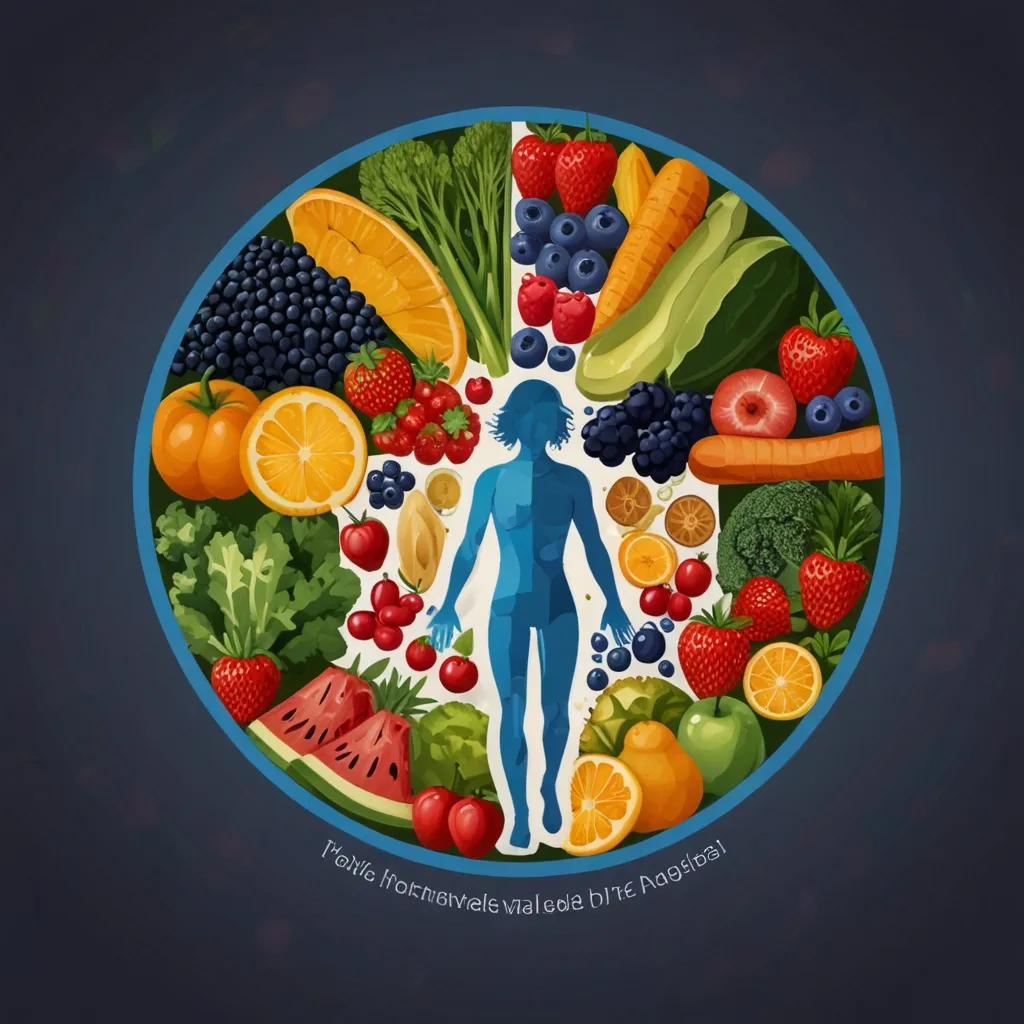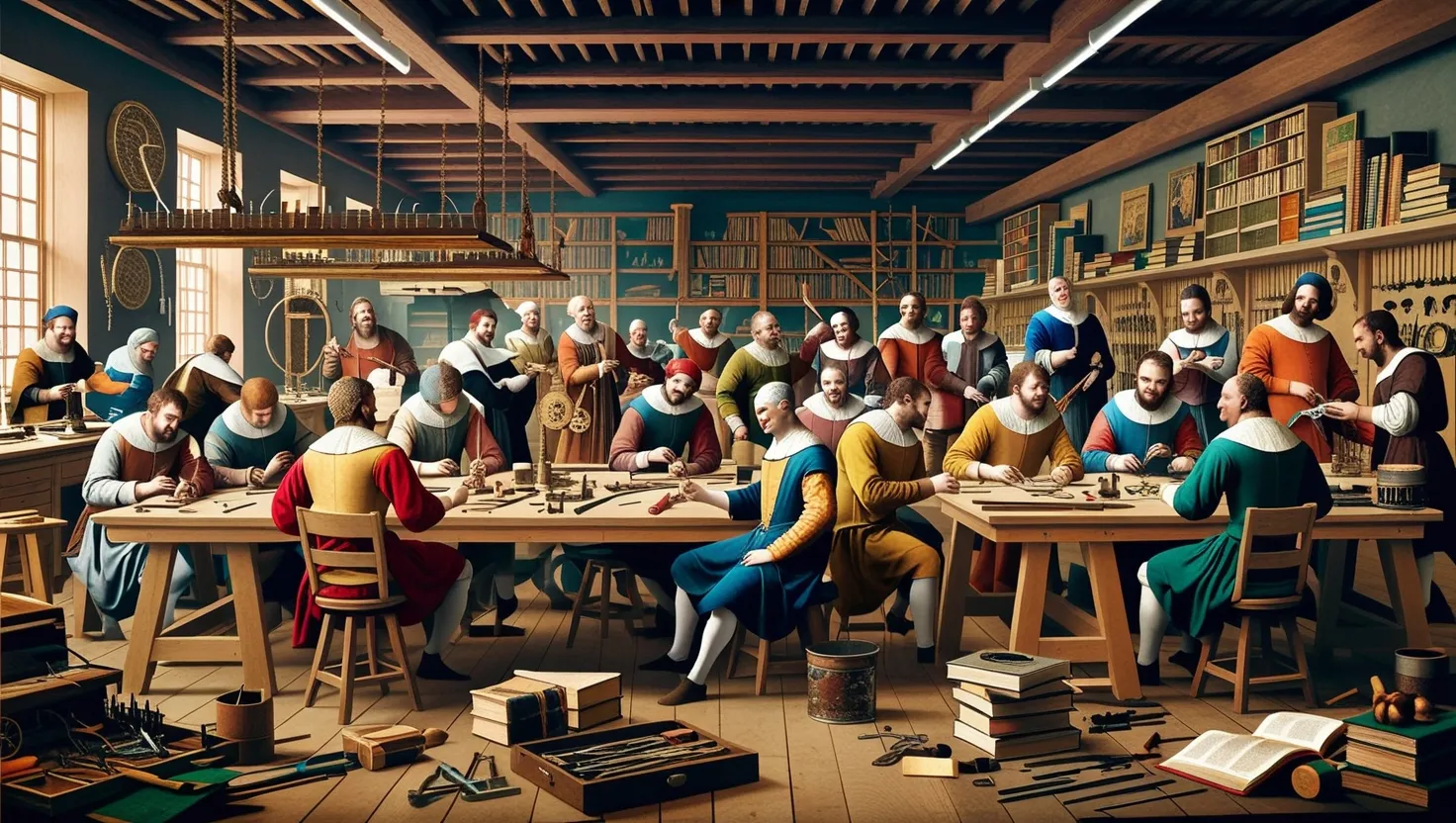In the heart of urban landscapes, a dynamic and evolving practice is redefining how we interact with city spaces: parkour. This movement-based discipline, often associated with daring leaps and agile maneuvers, is more than just a physical activity; it is a philosophy that challenges traditional notions of urban navigation, promotes physical fitness, and sparks crucial debates about public space use and safety.
At its core, parkour is about moving smoothly and efficiently through urban environments, overcoming obstacles in creative and often unexpected ways. Practitioners, known as “traceurs,” see the city not as a static entity but as a dynamic playground. Walls, railings, and buildings are no longer barriers but components of an expansive, interactive space. This shift in perspective, often referred to as “parkour vision,” transforms the urban landscape into a realm of endless possibilities for movement, interaction, and exploration.
One of the most profound impacts of parkour is its ability to empower individuals and communities. By reclaiming urban spaces, traceurs are not just exercising their bodies but also asserting their presence in areas often dominated by commercial and private interests. This is particularly significant in cities where the increasing privatization of public spaces threatens to constrain our agency and freedom. Parkour provides an urban analogue to the right to roam, encouraging people to engage creatively with their environment rather than merely passing through it.
The practice of parkour also highlights issues of inclusivity and representation. While it is often associated with white, middle-class, athletic men, the true potential of parkour lies in its ability to empower marginalized groups. The participation of people from diverse backgrounds in parkour can be a powerful metric of community success, far more meaningful than the number of sponsored athletes or YouTube views. This inclusivity is crucial because it ensures that the benefits of parkour—such as improved fitness, personal development, and social cohesion—are accessible to everyone.
Parkour’s influence on urban design is becoming increasingly evident. Cities are beginning to recognize the value of creating more interactive and playful public spaces. This involves designing urban environments that are not just functional but also inviting and adaptable. For instance, incorporating elements like public art, green spaces, and flexible architectural designs can encourage more dynamic interactions between people and their surroundings. This approach aligns with the parkour ethos of seeing potential for movement and exploration everywhere.
The intersection of parkour and technology is another fascinating aspect. The globalized ideas and images available through the internet and social media have significantly influenced the practice. Traceurs draw inspiration from virtual worlds, applying these ideas to their immediate physical environment. This blend of the real and virtual enhances how individuals understand and utilize urban spaces, making parkour a unique example of how modern technology can shape our interaction with the physical world.
In urban sociology, parkour is seen as a form of “bricolage,” or the restructuring and reshuffling of pre-existing materials. This concept, inspired by the work of Claude Lévi-Strauss, highlights how parkour practitioners take existing urban structures and reimagine them in creative, often unconventional ways. This approach not only challenges the fixed and commodified nature of urban architecture but also brings life and vibrancy to neglected and forgotten areas of the city.
The impact of parkour on mental and physical wellbeing is also noteworthy. Research shows that interactive, social spaces increase wellbeing, trust, and local connection in cities. Parkour, by encouraging physical activity and social interaction, contributes to these positive outcomes. It offers a child-like, ludic quality that is both self-affirming and community-building, distinguishing it from other youth activities that may be more negative or isolating.
From a historical perspective, parkour has roots in various urban movements, including the Situationist International, a post-World War II French movement that advocated for the reclamation of urban spaces through playful and subversive actions. This legacy is evident in parkour’s emphasis on exploration and the reinterpretation of urban constraints as opportunities.
In practical terms, cities are starting to incorporate parkour-friendly designs into their urban planning. This can include features like parkour parks, which provide designated areas for traceurs to practice their skills safely. Such initiatives not only cater to the growing parkour community but also contribute to a more vibrant and interactive urban environment.
However, the integration of parkour into urban design is not without its challenges. Safety concerns are a significant issue, as traceurs often engage in high-risk activities. Balancing the need for safety with the desire for creative freedom is a delicate task. Cities must find ways to provide safe spaces for parkour while also respecting the autonomy and creativity of its practitioners.
The global spread of parkour is another interesting aspect. Despite its origins in France, parkour has become a global phenomenon, with communities in diverse cities around the world adopting and adapting the practice. This global perspective highlights the universal appeal of parkour and its potential to bridge cultural and geographical divides.
In conclusion, parkour is more than just a physical activity; it is a way of reimagining and interacting with urban spaces. By challenging traditional notions of urban navigation, promoting physical fitness, and sparking debates about public space use, parkour is influencing urban design and architecture in profound ways. As cities continue to evolve, the philosophy and practice of parkour offer valuable insights into how we can create more interactive, inclusive, and vibrant urban environments.
For those who practice parkour, the city is not just a place to live but a living, breathing entity that invites exploration and interaction. As one traceur succinctly put it, “Through a return to the body and a truly physical encounter with the city, parkour is able to absorb and dispense with notions of architecture and return the space to the people.” This vision of urban spaces as dynamic, interactive, and community-driven is a powerful one, and it is a vision that is increasingly shaping the future of our cities.






